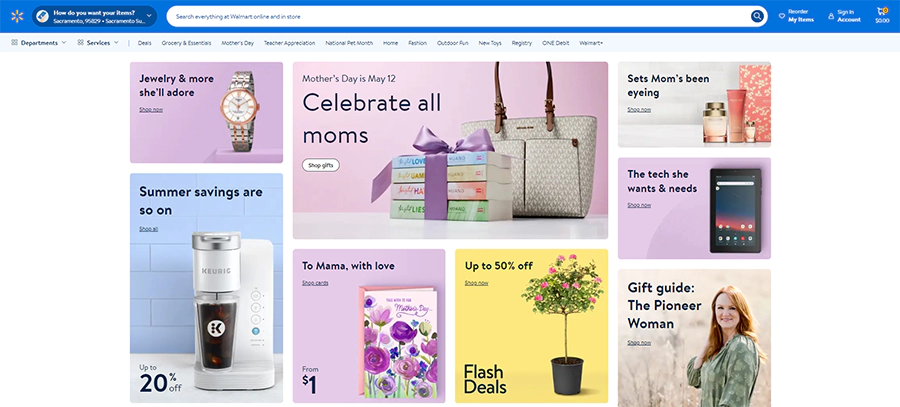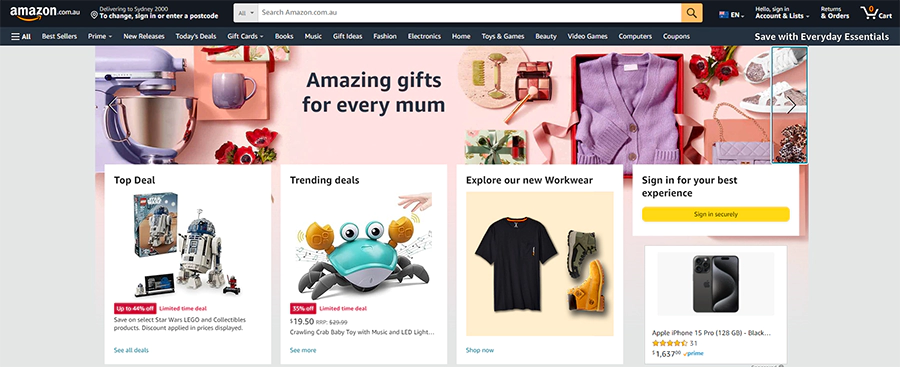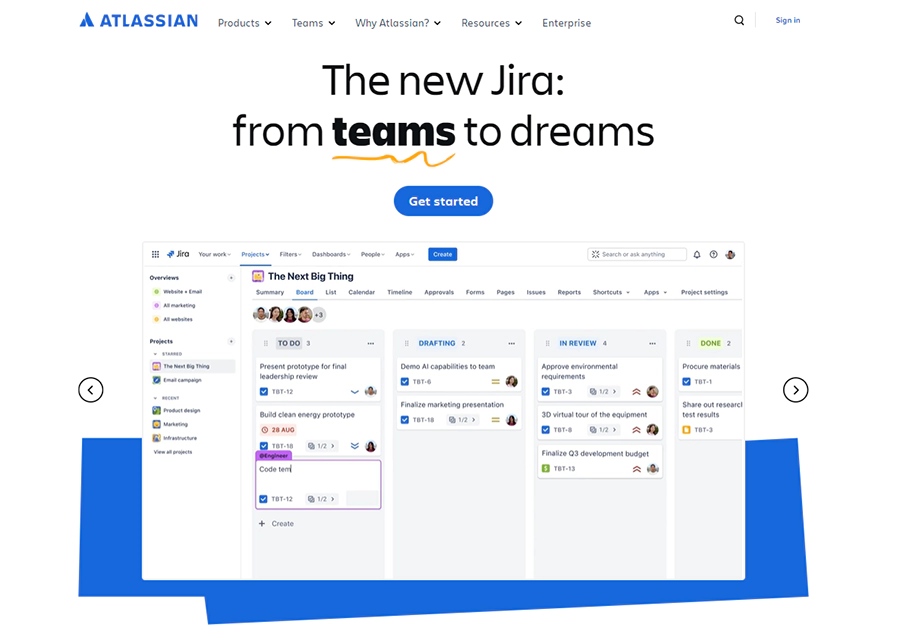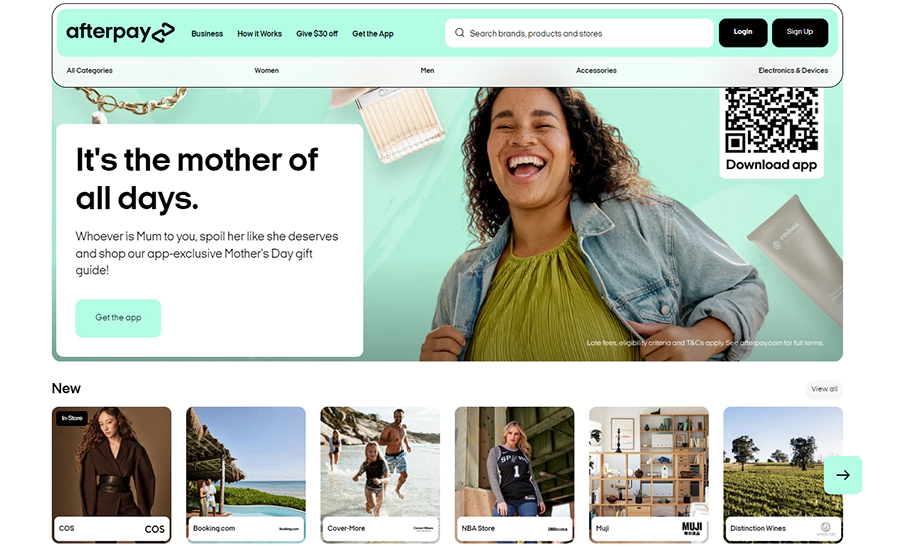You’ll agree with this! The poorly designed UX designs run the risk of making users abandon websites and apps, and that tends to frustrate users with lost revenues and opportunities.
Clunky navigation, information overload, and a lack of intuitive design dramatically affect user interaction, satisfaction, and brand perception. Just one second of website load time can reduce the number of conversions by 7%.
When UX design is a priority, it means businesses can craft experiences for users that are not only seamless but also drive better and more results, like increased conversions, improved engagement, and superior search engine rankings.
The following comprehensive guide will walk you through the many benefits of investing in UX design using real-world examples. Learn strategies to set your digital product apart and help you create memorable user experiences that resonate with your audience.
Why UX Design is Important?
In the modern digital world, a perfect user experience is not a nice-to-have but a critical necessity, because users can easily turn to alternative options. A well-designed UX can make the difference between a frustrated user leaving your site or app, never to return, and a happy client who will keep coming back and even recommend you to others. Let’s see in detail why it is so important.
1. Improved Conversions
A good user experience will greatly impact conversion because barriers are removed, and it is easy for users to do what they want. Usually, we speak of conversion rates as a percentage of some or other action being undertaken by your users: buying a product, subscribing to a service, or filling in some form. If the user is going through a smooth, intuitive process, he will not hesitate or fall away; he will convert.
On the other hand, bad design will be very frustrating as confusion about what one needs to do next will have them abandoned. A well-developed UX design will guide users smoothly toward the goal of conversion by optimising user journeys, streamlining navigation, and eliminating superfluous steps. From user-friendly checkout processes and enhanced search capability to clear calls to action.
The recent redesign of Walmart, primarily focused on UX, saw a 20% increase in their online conversions.

By optimising how users navigate from product pages to checkouts and simplifying the checkout process, they were doing what they needed to do more easily and produced tremendous growth in conversions. In the same way, Amazon has optimised UX relentlessly and established its dominance in e-commerce.
2. Better Engagement
User engagement is the possible degree of interaction and participation any user might have with any site or digital product. The right UX captures users’ interest and makes them willing to explore further, so it can hold them on the platform longer. This intuitive, immersive, engaging experience moulds user expectations and patterns of use. Engaging experiences might have clear information architecture, attractive design, and smooth transitions between pages or features.
Companies like Airbnb have just nailed the experience of UX, with more than 12 minutes on their platform in average duration for a single session.

In this company, an immersive experience is created using intuitive filters in searches, great visuals, and a seamless booking process.
3. Competitive Advantage
A great user experience separates and pushes a business ahead in a crowded digital market. In the developing new era, there is an increasing need for a flawless and likeable digital experience, and a UX-minded company is already a step ahead. Professionalism, a caring attitude toward details, and a user-centred approach are the main drivers of good UX design for building user trust and loyalty.
The design is a factor that contributes much to the first impression and trust of the user. Previous studies have shown that up to 94% of the user’s first impression is based on the design of a website or any other digital product. In addition, design can build trust within up to 75% of the users; this means that aesthetics play a critical role in forming first-time perceptions and building credibility.
Apple products have been synonymous with intuitive designs, which has led to huge success and brand loyalty.

Prioritising simplicity and making it user-friendly, Apple has created an obsessed user following that loves how easily Apple devices and software function in tandem.
4. Gain Credibility
Design and user experience do play a great role in overall credibility. People would be more predisposed to trust and engage with a site or digital product that looks polished, professional, and works flawlessly. Great UX design speaks volumes relative to attention to detail, expertise, and adherence to quality in experience, thus enhancing credibility and reputation.
Forbes invests a great deal in UX to keep its online presence authoritative. A clean layout, easy navigation, and responsive design all add to the credibility of Forbes as a trusted source of information.

5. User Satisfaction
UX design is deeply connected with user satisfaction. If the users like what they feel and see, they are more likely to have an expected level of satisfaction with a product or service. If users are satisfied, they are willing to revisit the website, recommend it to others, and even get converted into loyal customers. Satisfied users keep returning to the website, recommend it to others, and even get converted into loyal customers. User satisfaction is guaranteed by anticipating user needs, eliminating pain points, and creating an intuitive and delightful experience.
Companies like Amazon invest a lot of time and energy into UX to make the shopping experience on their site the best it can be.

Everything from personalised recommendations to a fast checkout process has taken Amazon a long way to making satisfied and loyal customers.
6. Increased User Loyalty
User loyalty indicates the probability that users will return to a product or service over time. A consistently good UX can create loyalty and retain users by lowering the chances for them to go toward any other available alternative in the market. Businesses can provide experiences that make the users stick to them and return by trying to understand the user’s behaviour and their preferences.
Netflix keeps its users addicted to its service through an intuitive user interface and personalised content discovery.

By understanding user behaviour and preferences, Netflix has devised engaging experiences that pull its subscribers for more.
7. Overall Sales Revenue
Good UX design will directly drive the business bottom line up with increased sales and revenue. A business can create a frictionless process through an optimised user journey, encouraging people to complete desired actions, such as making purchases and subscribing to services. Easy and intuitive UX also causes high satisfaction, encouraging people to return more and even recommend the service to others.
Uber’s frictionless ride-booking process, real-time tracking, and user-friendliness have made it the obvious choice for millions of riders worldwide, thereby leading to its massive revenue growth.

8. Better SEO
SEO is critically important for organic traffic growth to a website, and user experience is the most important ranking factor for SEO. Websites that show strong signals of user experience, like fast page load time, mobile optimisation, and low bounce rates, are considered and ranked highly in search engine result pages. A good user experience design would take care of all of these factors, thus placing you great on the search engine result pages.
Google’s algorithms, with each update, have been giving way more importance to user experience for deciding the SERP ranking, which has led user experience optimisation to be one of the key elements in SEO best practice.
9. Reduced Bounce Rates
A bounce rate is the percentage of visitors navigating away from the website after viewing only one page. That is to say, high bounce rates reflect poorly on user experience since users may easily leave a site because they are frustrated or do not find the information they desire. Through the enhancement of UX, a business can greatly reduce its bounce rates, which in turn helps retain more users on the site for longer periods and increases conversion rates.
The clean and minimalist design of Basecamp with intuitive navigation, in return, triggers the bounce rates, becoming lower and user retention higher.

10. Cost-Effective in the Long Run
According to Clare-Marie Karat, principal UX consultant and ex-IBM researcher:
“A rule of thumb is for every one dollar invested in User Experience research, you save $10 in development and $100 in post-release maintenance.”
This rule is often called the “1:10:100 rule” of implementation. It means that for each $1 invested in original user experience research, changes in design could be made in the design phase for $10 based on the findings, and it would take a huge sum of $100 to make the changes after the release of the final product.
In other words, the earlier you can invest in understanding the users and their needs, the less expensive it will be to implement any necessary changes or modifications.
Although investing in UX design can require a large up-front outlay, it can be cost-effective in the long run. A well-designed UX will cut support costs by mitigating confusion and user questions, increase customer retention through satisfaction, and decrease the cycle of frequent redesigns or updates.
Iterating and improving the product continuously, relying on user feedback and data, would mean that the business can develop products that users love, hence having low support costs and no churn of customers.
Despite the clear benefits of user-centred design, a staggering 43% of organisations still lack established processes to incorporate user feedback into their UX and design decisions.
Dropbox has enjoyed UX investments in its bottom line with its fiercely loyal users and sustained growth.

With the help of continuous iteration and improvement in UX, Dropbox has succeeded in developing a lovable product that reduces customer churn and support costs.
Related read: What Makes a Digital Space Exuberant – Based on excerpts from user’s experience
Example of Good and Bad UX Designs
Some real-life examples of good or poor user experiences might explain more about the effects of UX design.
Good UX Design Examples
Canva

Australian graphic design platform Canva is one of the best UI-awarded platforms. Right from landing on the website, one can feel its neat and easy interface to go through the process of getting great designs.
Another feature it provides is a drag-and-drop editor that users can use; they can easily arrange the templates to suit their specific needs or design them from scratch. Canva has a simple UX design that helps everyone, even a person new to the site, figure out how to get along with the platform.
Atlassian

Atlassian is an Australian software company known for its user-centric approach to product design. They service thousands of teams and organisations supported by their work in this world with their portfolio cornerstone, Jira, and Confluence.
With intuitive interfaces and the balance between functionality and simplicity, Atlassian products are known for them. The company’s design philosophy is built around user empowerment for working efficiently, including features such as customised dashboards, seamless integrations, and solid search.
Afterpay

In Australia, Afterpay is a buy-now, pay-later service that has successfully disrupted the fintech industry with its approach. The platform’s approach toward UX is very simple and easy to use.
It involves the user easily throughout the process with little clutter, from checkout to payment management. It guides the user with clear instructions and visual cues at each step. The mobile app is made in no less brilliant design; it gives a smooth user experience for mobile devices.
Bad UX Design Examples
Government Websites
Many Australian Government websites offer poor user experience; the major weaknesses are that the websites are under-designed, difficult to navigate, and missing easy-to-follow information architecture.
It is a state government website intended to help residents access important services. The in-site homepage is packed with unnecessary information all over the page, making it difficult for one to navigate. The navigation menus are buried and unclear, leading people to rabbit holes of pages that don’t matter. This is also an old-style website that is not responsive and a nightmare for users trying to access the site through their mobile devices.
Banking Websites and Apps
Many Australian banks are at the start of making some promising progress towards better digital delivery of their services. The rest are still lost in a maze of their way towards more coherent and engaging overall customer interaction across website and app channels.
For example, the screen layout of a mobile application for one leading bank is extremely cluttered, and the navigation is very confusing. To check the account balance or perform a fund transfer, the user has to do so many taps and go through a long list of menus. Even worse, the design seems completely different from the corresponding sections on the bank’s website, so confusion is obvious for users.
Make My Website: Your Partner for Intuitive and Engaging UX
At Make My Website, we follow a user-centred design process that seeks to create engaging and intuitive products. We cater to all UX services, from information architecture and user interface design to interaction design and usability testing. Our process involves optimisation through user testing and data analysis so that your website is in line with the latest practices in UX, ultimately driving increased conversions and improved user engagement.
In other words, a design in the user experience would entail engaging digital experiences; this would, in turn, predispose the user to satisfaction, loyalty to the brand, and business growth. Thus, with Make My Website, you partner for a competitive advantage that resonates with your audience.
Contact us today to upgrade your online presence with our UX expertise.



















